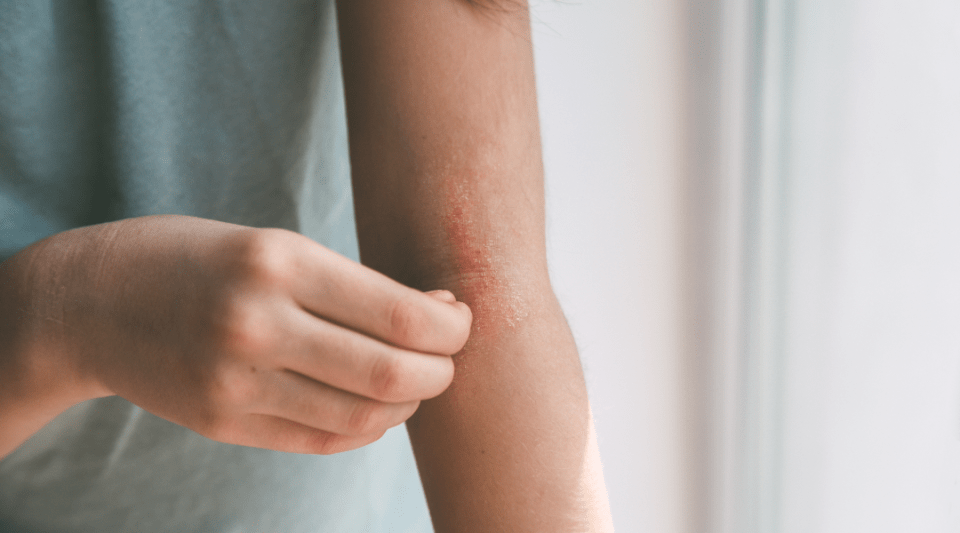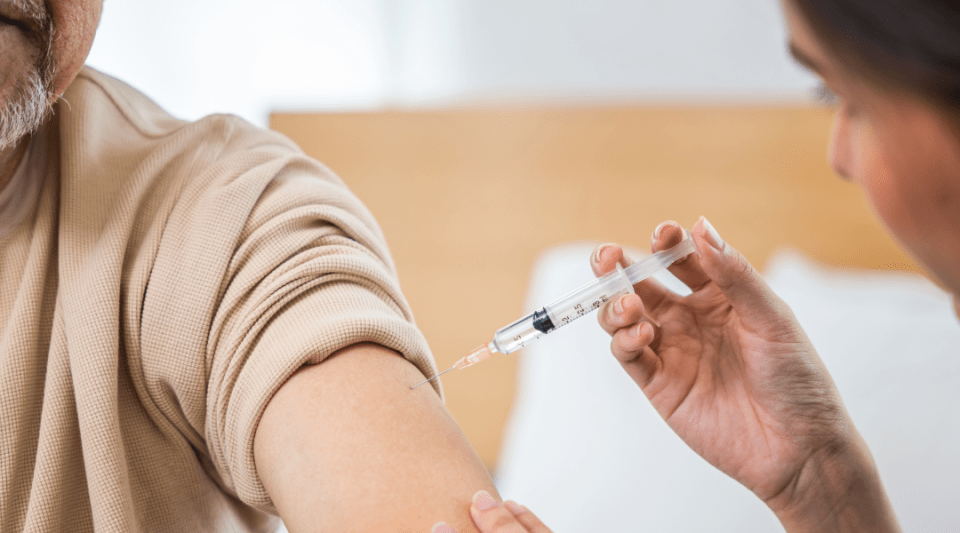Eating Disorders (ED) are mental disorders characterized by emotional, cognitive and behavioral symptoms that involve an alteration in eating. They appear mainly in adolescence and, in 90% of cases, in women. Among eating disorders, anorexia nervosa is one of the most prevalent. It is a disorder that mainly affects women between the ages of 15 and 19.
In general, regular physical exercise is beneficial, but in people who suffer from an eating disorder, this can be a weight control measure but ends up being harmful to their health. Furthermore, it can contribute to the chronicity of the disease, worsening quality of life and psychological distress, and can even increase the risk of suicidal behavior. This is why traditional ED treatment procedures completely discourage physical exercise during treatment, but new research suggests that it can help in different phases of the process.
Brian Cook, PhD, explains the features the exercise programme needs to have to treat eating disorders, indicating that exercise is not suitable for all patients, so a physical and psychological assessment is essential. This will lead to the type, intensity and frequency of exercise being adapted to each person and to discovering those patients for whom exercise poses a risk.
The expert exercise researcher (CAFYD), Dr. María Fernández, demonstrates in her studies that exercise is safe and provides numerous benefits for people with eating disorders, as long as it is accompanied by exhaustive monitoring, adequate nutritional intake and therapeutic support.
To summarise, the research results to date are promising and provide a different vision from the traditional one in the approach to physical activity for patients with anorexia nervosa. However, more studies are needed to analyse the specific effects that exercise can have in the different phases of treatment.
Information documented by:
Patricia Díaz, nurse at the Child and Adolescent Psychiatry and Psychology Department, Hospital Clínic Barcelona.






